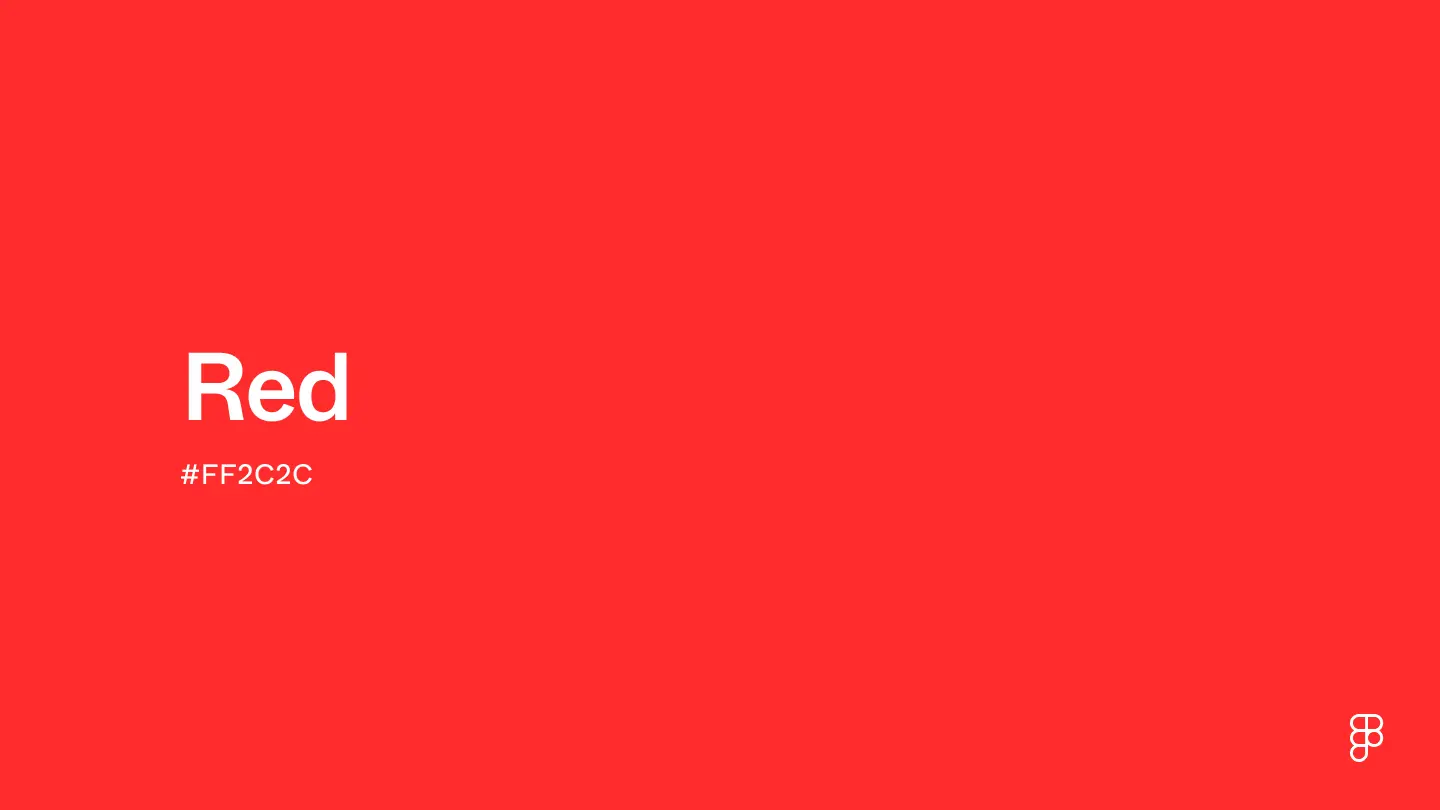Exploring the Spectrum of Red Colors in Hexadecimal

In the realm of digital design and web development, hexadecimal color codes are pivotal for creating stunning visuals and engaging digital content. This article delves into the captivating spectrum of red colors, exploring their hexadecimal representations and highlighting their applications in design.
Understanding Hexadecimal Color Representation
To appreciate hexadecimal color codes, one must first understand the hexadecimal numbering system, which is a base-16 system. It includes 16 symbols: the digits 0-9 and the letters A-F, where A stands for 10, B for 11, and so on up to F, which represents 15. This system is closely tied to the RGB color model, a popular method for defining colors by combining red (R), green (G), and blue (B) in varying intensities.
The Importance of Hexadecimal Codes
Hexadecimal codes serve as the precise language for color specification in digital design. They allow designers to translate their creative visions into digital formats accurately, ensuring that color choices are communicated clearly and consistently. For red shades, these codes help maintain color fidelity and integration across different design elements, contributing to a cohesive and visually appealing digital experience.
Hexadecimal Codes for Red Colors
The RGB model assigns numerical values between 0 and 255 to each color channel. These values are succinctly represented in hexadecimal format, making it easier to specify colors. For red hues, the hexadecimal code emphasizes the intensity of the red channel while keeping green and blue channels at zero. Below is a comprehensive list of red shades and their corresponding hexadecimal codes:
| Red Shade | Hex Code |
|---|---|
| Red | #FF0000 |
| Dark Red | #8B0000 |
| Imperial Red | #ED2939 |
| Orange Red | #FF4500 |
| Scarlet | #FF2400 |
| Indian Red | #CD5C5C |
| Barn Red | #7C0A02 |
| Chili Red | #C21807 |
| Ruby | #E0115F |
| Maroon | #800000 |
| Fire Brick | #B22222 |
| Redwood | #A45A52 |
| Carmine | #960018 |
| Desire | #EA3C53 |
| Vermilion | #7E191B |
| Raspberry | #D21F3C |
| Candy Apple | #FF0800 |
| Persian Red | #CA3433 |
| Hibiscus | #B43757 |
| Burgundy | #8D021F |
| Crimson | #B80F0A |
| Rust | #933A16 |
| Light Salmon | #FFA07A |
| Salmon | #FA8072 |
| Dark Salmon | #E9967A |
| Light Coral | #F08080 |
| Brick | #7E2811 |
| Tomato | #FF6347 |
| Pale Violet Red | #DB7093 |
| Light Brick | #FB607F |
Visualizing Red Shades
To better understand these hexadecimal codes, visual representations of these red shades offer a vivid insight into their unique characteristics. By seeing these colors, designers can more effectively match their desired hues and integrate them into their projects. This visual aid enhances comprehension of how each shade of red can influence the overall aesthetic.
Practical Uses in Web Design
The practical applications of hexadecimal codes extend beyond theory into real-world design. Designers use these codes to define precise red hues for websites, apps, and digital content, ensuring consistent color display across different devices and screens. This accuracy is crucial for maintaining a uniform user experience and upholding brand integrity.
Conclusion
Hexadecimal color codes are essential tools in digital design, providing a standardized method for specifying colors, especially within the vibrant spectrum of red. By mastering these codes, designers can achieve precise color representation and maintain visual consistency across various digital platforms. Understanding and utilizing these codes is key to creating visually compelling and cohesive digital content.
